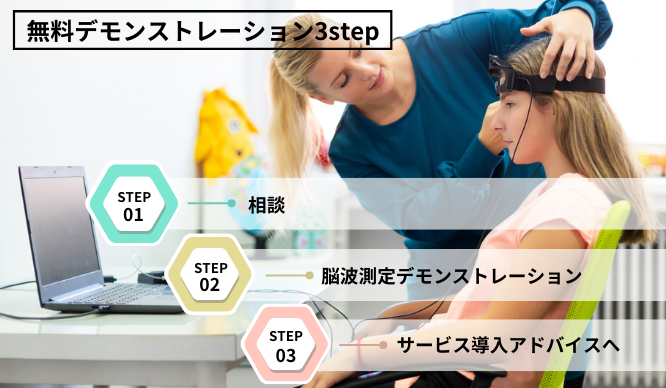Application for evaluation machine
How to choose an electroencephalograph (EEG)

Introduction
What is EEG? What is EEG? what do you know?
"Newcomer Technician's Electroencephalogram Measurement Notes", where newcomer engineers who started in such a situation post what they felt when they actually touched the EEG.
I'm going to tell you a raw voice that challenges without prior knowledge.
Types of Electroencephalography (EEG)
When you first think about purchasing an electroencephalograph (EEG), you may be confused by the multiple sensor structures and shapes available.
In this article, we classify electroencephalographs (EEG) based on their sensor structure and summarize what type of product to choose.
For the shape, please refer to the electrode placement method.
Electroencephalographs (EEG) can be roughly classified based on their sensor structure as follows:
We will briefly explain each method.
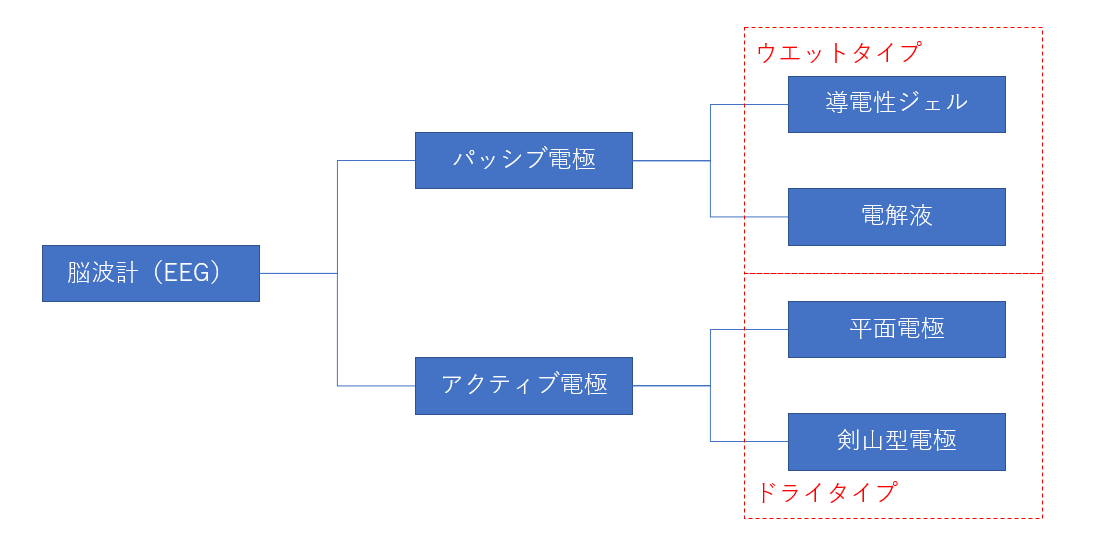
Figure 1. Classification by sensor structure
① Passive electrode
In electroencephalographs using passive electrodes, weak brain signals are extracted using sensor pads (flat electrodes) and sent to the electroencephalograph through lead wires. The signal is amplified after being sent to the electroencephalograph body, and since there is a risk that the lead wires may pick up external noise, it is said that it is preferable to perform measurements within an electromagnetic shield. Since it is possible to eliminate external noise in phase by matching the contact resistance of the reference electrode and multiple target electrodes and then performing differential amplification, it is necessary to devise a way to reduce the absolute value of the contact impedance.
The following two methods have been devised to reduce contact impedance.
▶Products that use conductive gel
This is an electroencephalograph that uses conductive gel inserted between the sensor pad and the scalp to reduce contact impedance. It has the advantage that it is easy to increase the degree of adhesion, making it easy to reduce contact impedance. Specifically, it can reduce contact resistance of several hundred KΩ to 10 KΩ or less.
On the other hand, conductive gel has a disadvantage in that it requires washing the hair after application because a high viscosity is used to ensure that the gel stays at the measurement site. In addition, the sensor also had the advantage of being easy to miniaturize due to its simple structure, but this advantage has been lost in recent years due to advances in semiconductors.
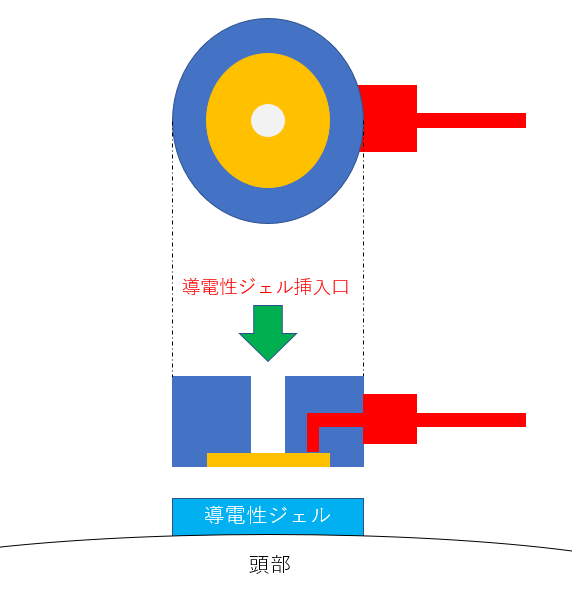
Figure 2. Image of the structure of a product that uses conductive gel
▶Products that use electrolyte
By covering the sensor pad with a sponge and soaking the sponge in electrolyte, this product makes experiments easier than using conductive gel. Although there is an issue with your hair getting wet after the experiment, you only need to wipe off the electrolyte, and it is relatively inexpensive compared to conductive gel.
On the other hand, since the contact impedance does not decrease as much as with conductive gel, it has the disadvantage of being susceptible to noise. Like products using conductive gel, it also has the advantage of being easy to miniaturize the sensor due to its simple structure, but this advantage has been lost in recent years due to advances in semiconductors.
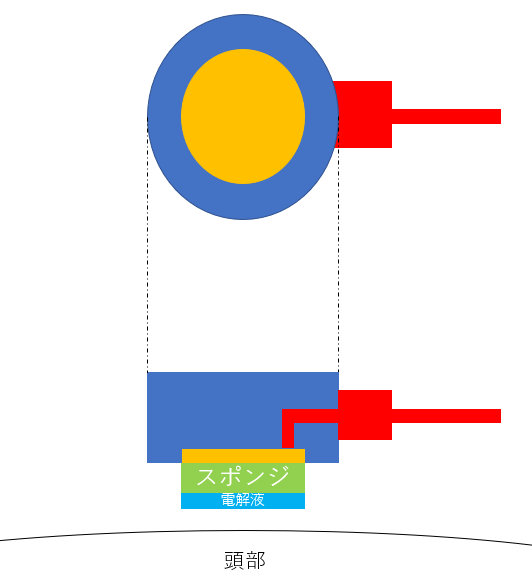
Figure 3. Structure of a product that uses electrolyte
②Active electrodes
By incorporating an amplifier into a conventional sensor pad, this product is able to receive EEG signals with high input impedance and output them with low output impedance. The input impedance of a typical active electrode is several G to several hundred GΩ, which is much higher than that of a passive type (approximately 100 MΩ).
The advantages are as follows:
1. Even if noise is present on the lead wires, a sufficient signal-to-noise ratio is ensured, making it possible to measure EEG signals without electromagnetic shielding.
2. EEG signals can be received with high input impedance, so even if the contact impedance is somewhat high, the effect can be reduced.
Since somewhat high contact impedance does not pose a practical problem, it is possible to use dry-type electroencephalographs in addition to wet-type ones.
▶ Planar electrode (dry type)
This product replaces the wet-type electroencephalograph with an active electrode. Although it is possible to reduce the influence of a somewhat high contact impedance, the impedance of hair is high, so most products tend to be designed to measure the hairless forehead area (targeting the F/Fp area of the 10-20 method).
As a result, it is expected that this technology will be used in events that significantly activate brain activity in the F/Fp area.
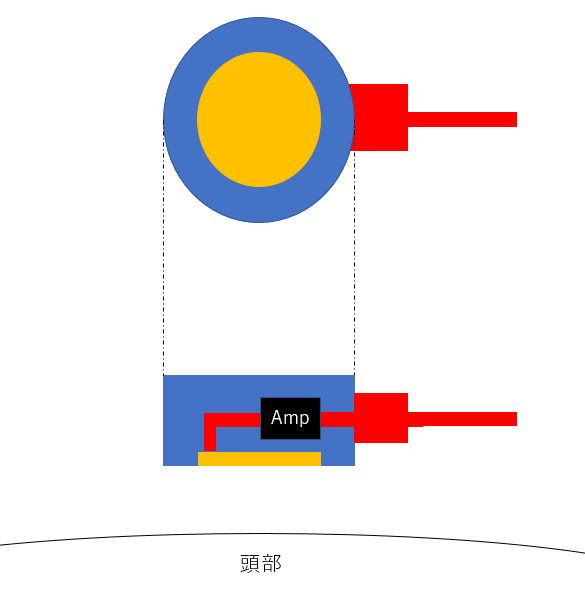
Figure 4. Planar electrode (dry type) structure image
*The amp location is listed for convenience only and may differ from the actual location.
▶Pin-holder type electrode
In order to avoid hair and to make contact between the scalp and the electrodes, a blunt-tipped, pin-shaped module is attached to the tip of the sensor pad. Many of them are rotatable to prevent hair from getting caught. They can be placed anywhere on the head, making them suitable for a wide range of uses.
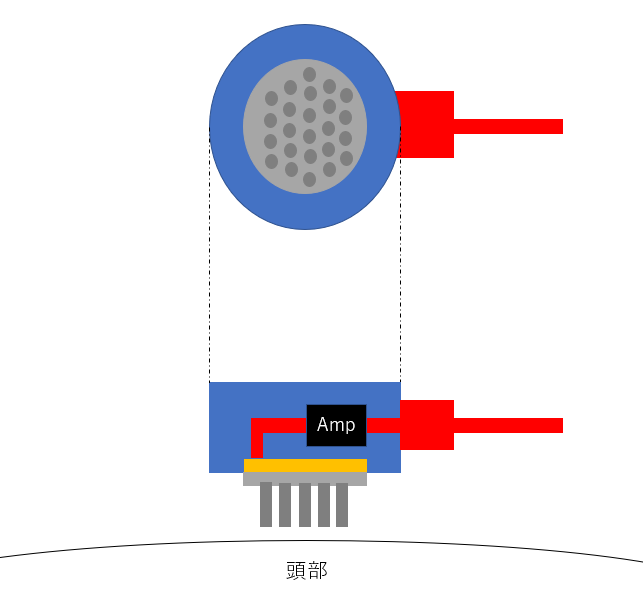
Figure 5. Structure of the pin-shaped electrode
*The amp location is listed for convenience only and may differ from the actual location.
Summary
Due to the influence of input impedance, wet-type electroencephalographs were mainstream in the past, but with the evolution of semiconductors, dry-type electroencephalographs with high-performance amplifiers built into the sensor pads are becoming more popular. The choice between dish-type and pin-mounted types seems to depend on the measurement point and product concept.
Electroencephalographs are constantly evolving, and we will be happy to introduce new products as they are released.
Free demonstration information
Would you like to actually measure brain waves?
What is the "skill transfer of experts" based on brain waves?
What is AI that learns brain wave-based human consciousness and judgment?
I think there are many unknowns, so why not try measuring brain waves first and experience what it's like?
If you are interested, please check the details from the button below.
Inquiry
If you have any questions regarding this article, please contact us below.
InnerEye manufacturer information Top
If you want to return to the InnerEye manufacturer information top page, please click below.
Disclaimer and Use of Information
This page is subject to change without notice.
Brain science is a field in which new research results are being announced every day.
Although every effort has been made to ensure the accuracy of the information, the published content may not be in line with the latest research results.
Please refer to various papers and judge comprehensively.
Also, please note that we are not responsible for programs created based on the content posted on this page.



